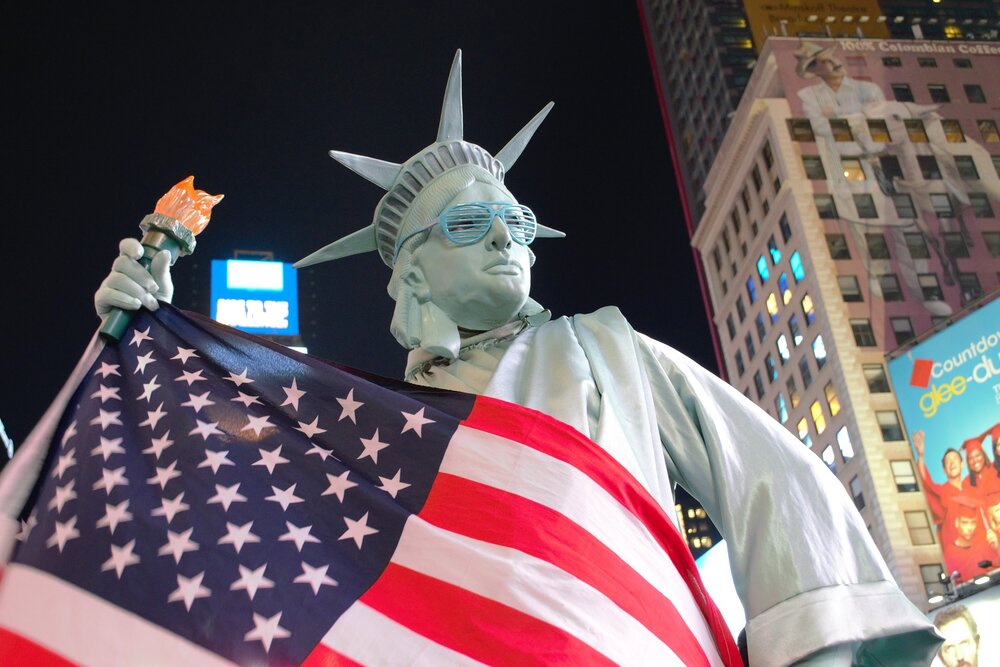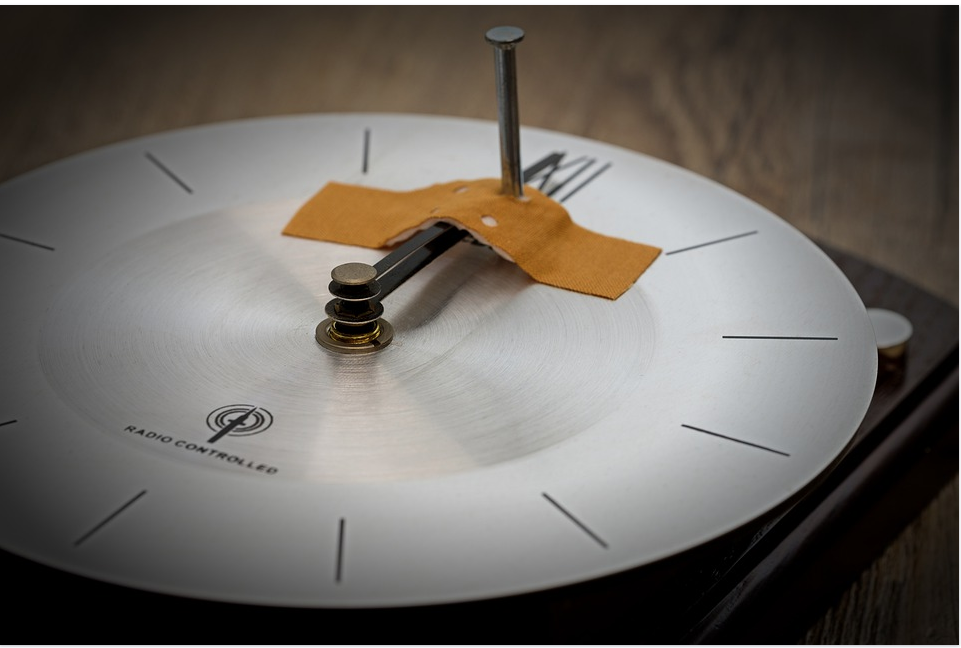I'm taking a minute away wrapping, shipping, baking, decorating, and generally catching up on my seasonal errands to wish you all a festive Holiday Season! I know this is for most of us the weirdest December in memory, but we're going to get through it. And then, as a recognition of our patience and resilience, we win the prize: A New Year! Goodbye to 2020 and all its tragedy and disappointment.
In the spirit of the season, I'm giving a gift to you, my faithful readers. As you know I was Zooming before Zoom was cool, and have been coaching speakers and offering webinars on communicating with professionalism and presence over Zoom. And I'd like to give you this One Foolproof Tip for making sure your message is heard, even by audiences tempted by WFH distractions. Here it is: Look at the camera!
I know I've said this before, but this is the single biggest thing you can do to grab your listener's attention. It's not necessarily easy to retrain yourself to look at the camera rather than people's faces when you talk to them. But think about it: when you look at them to see their reaction, they aren't really seeing you if they can't see your eyes. You are putting yourself, your needs (to "read" them---which is even more impossible than usual on a virtual platform!), above their need to see you! So when you're in a meeting and feel the urge to look at your colleagues when you make your point, remember: you have a 100% better chance of connecting with them if you stifle that urge and focus on the camera.
Zoom meetings and presentations won't be going away anytime soon. Those who have mastered this medium are already reaping rewards. I could point you to articles and research that reinforce this, but you already know it's true. My gift, then, is really more of a challenge: Just do It!
And have as Merry-as-Possible a Holiday!























